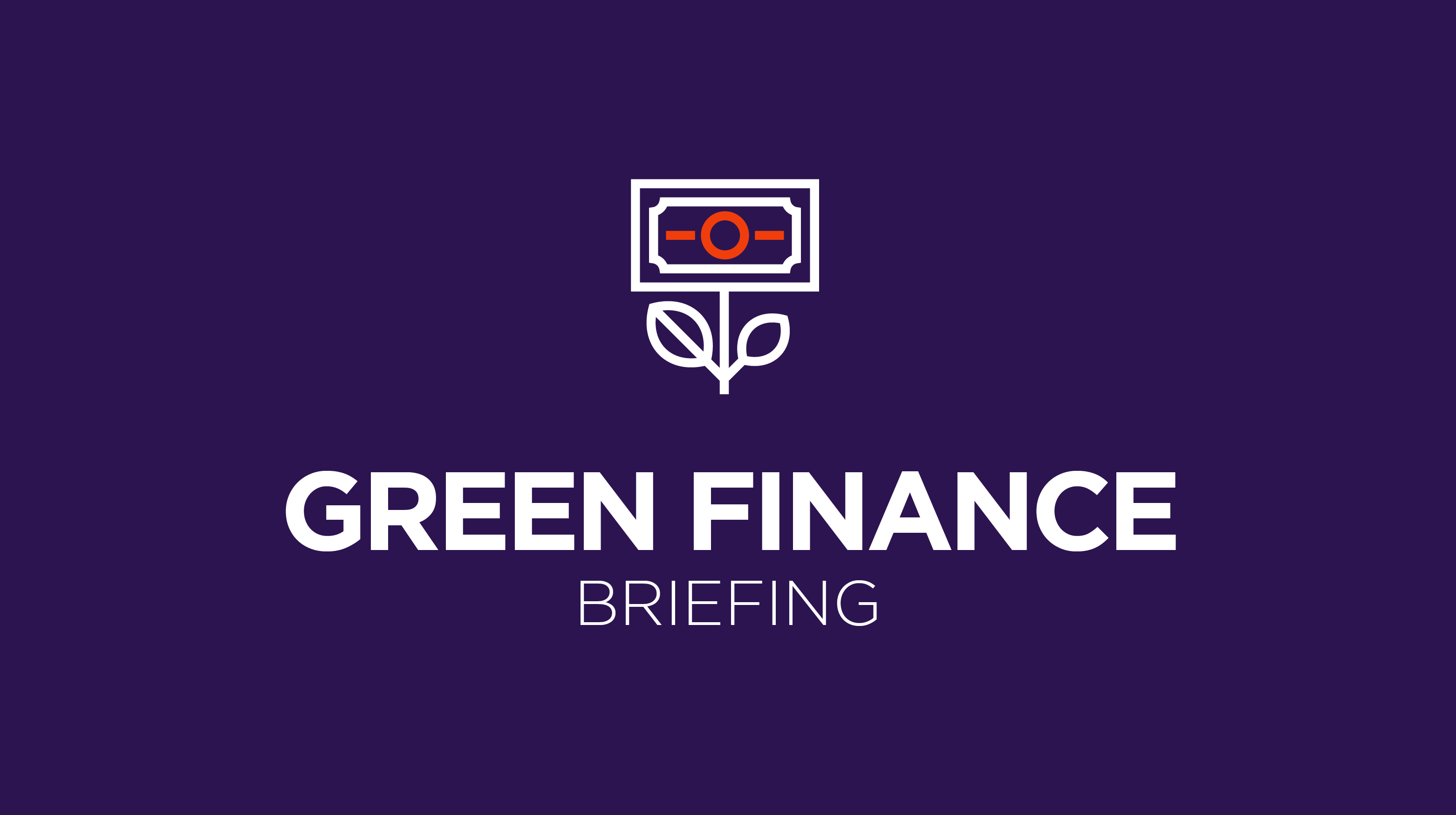Green Finance, Member Exclusive
Green Finance Briefing: GFANZ moves a step ahead on net zero portfolio alignment
- GFANZ issued a report to provide guidance, clear definitions and case studies for financial institutions looking to develop and use portfolio alignment metrics to start decarbonizing their portfolios.
- We deep dive into what climate metrics financial practitioners use today, as well as the key sectors to watch when it comes to Scope 3 emissions.








